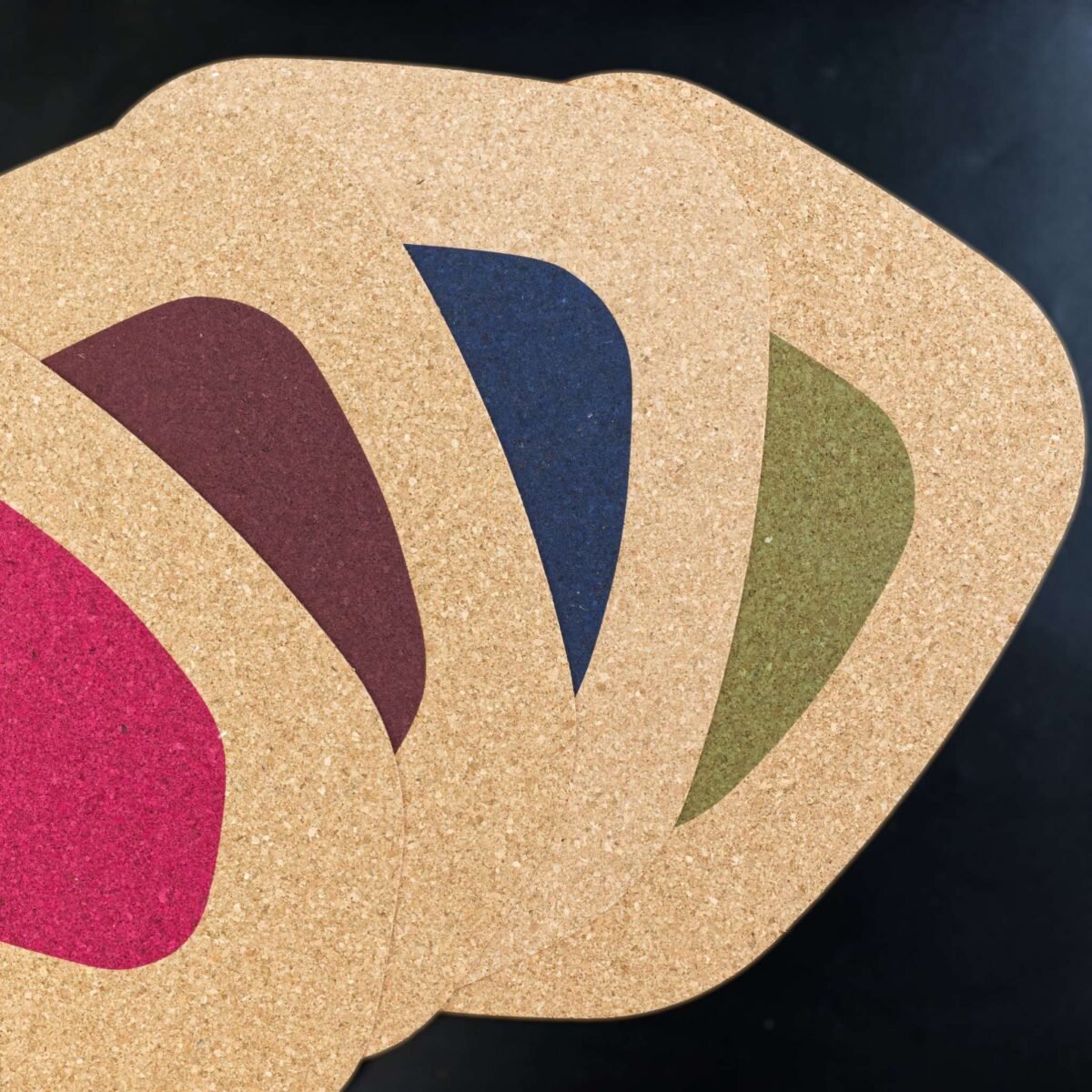Blog
Why Color? What Changed?

Color in houseware products. How we are seeing more of it…
Here is a short story of the march of colors
Remember the colorful iMacs? They were released by Apple in 1998 or 1999. Not just that, they introduced clear-translucent colored plastic accents to their funkily-shaped computers – and not “solid” colors. Till then most PCs were a in a solid color dull computer-grey shade
What else was dull? All office-use plastics were dull. Manufacturers of plastic wares such as ball-point pens, keychains, staplers, and so much more – used to do the same thing as computers: they used either white, black, or grey plastics [mostly]. They got a tremendous boost from Apple’s bold move and by they year 2000, we began to see translucent colors in every conceivable plastic product for business products on the working desktop.
However, as digitization of office processes progressed, it also reduced the need for paper and all those desktop items that handled paper. Factories were still evolving their affair with colored plastics. With reduced demand of office products, they began to create a plethora of housewares in colored plastics. But then, things did not stop with plastics.
By around 2005, as societies globally loosened their resistance to color, and later welcomed the change, trends spread to other materials. Soon glassware, metalware and other houseware products began to see more and more shades of the extraordinary. Pigment tech, chemicals required for safe use and technology of applying colors to materials began to speed up at a tremendous pace.
Acceptance and desire
Till then, ceramics and textiles had always offered lovely color options and kept life interesting. But now, translucent colorful glassware was no longer expensive Murano glass, colored metal was no longer just enamel steel. In general, tinted and pigmented housewares became affordable for the common man. That added to widespread acceptability and even to expectations. By 2010 or so, customers began to actively seek out products for home which were not in dull and boring hues of the past
There were already many regulations in place for “safe” colors. Governments had already mandated that only food grade chemicals be used for ceramics and metals, or lead-free for glass, or AZO-free dyes for textiles and so on [H&T textiles have been AZO-free since 1998] . With all that in place designers around the world started experimenting with prints and patterns on metal, digital printing on ceramics and textiles, sublimating pigments into multi-fired glass. This gave birth to many new design studios and new, modern factories sprung up around the world
Colors and conditions – today
Two things have gone hand-in-hand on the product side of the story. A: Raw material and labor costs have gone up making products expensive. International logistics – shipping, delivery, couriers etc. have added to costs further. B: Technologies on the other hand have progressed too, helping keep production costs down while significantly improving product quality and complexity
Two things have also happened to social conditions. A: Inflation and expenses have made things less affordable and is making customers apprehensive. But, B: More people are working from home and turning more to colored products to bring cheer to their work-life conditions at home
It is true that color fights depression. Color, technically speaking, is the result of light reflecting off a surface. Just like we cannot see color in the dark, human also equate presence of color to a sense of light, or a bright spot to fight negativity in daily life. Even if a person is not depressed, colors actively bring a break to tedium of daily life.
Blending tradition and modernity
Any company which has had their pulse on evolving needs of society, knows there is a need to adapt constantly regarding housewares. Market forces have replaced demand for plain or dull textiles with a need for modern patterns and/or color. People have a need to break from the past, and they use product choices to do that. Plain aluminum Moka Pots were dull and got duller with time. The market offers colored stainless steel moka pots designed for modern stoves. Even manufacturers of cork are turning to colorful or pattern-printed cork
Stores that retain deeper values while modernizing product offering, have to put in a lot of work to fight the “shortcuts” used by competitors. Good product quality and long-lasting products sounds like outdated concepts, but those are the honest things to do. Using bio-degradable materials while keeping products superior gets harder while also keeping costs in check. But, the combined result is the reward that a responsible seller looks for because there are a lot of customers out there who want nothing less.
Coloring our life
If we feel weighed down by world affairs and changing social scenarios, we can rest assured that the effect of cheery colors will always brighten our lives. Not everything is negative but when those pressures feel overwhelming, taking a look around our homes would tell us that not all is dark and dull. Fun patterns, vibrant colors and a bright future is what its all about. We can indeed keep a positive attitude to continue to make headway towards a happy life by making those choices.



